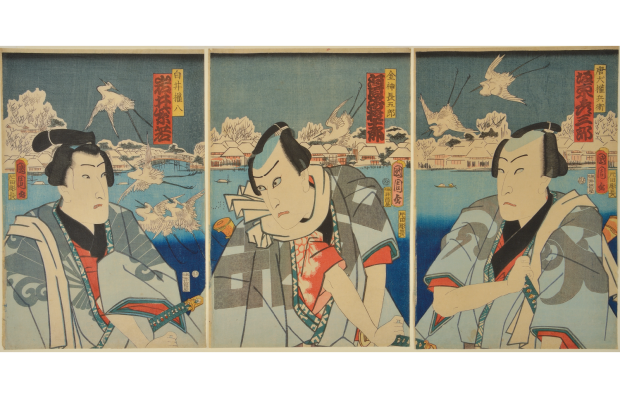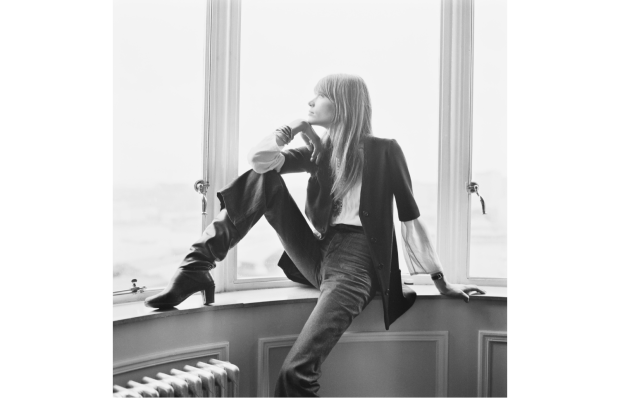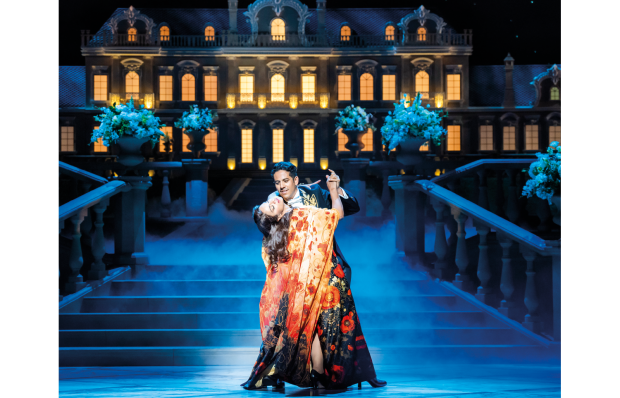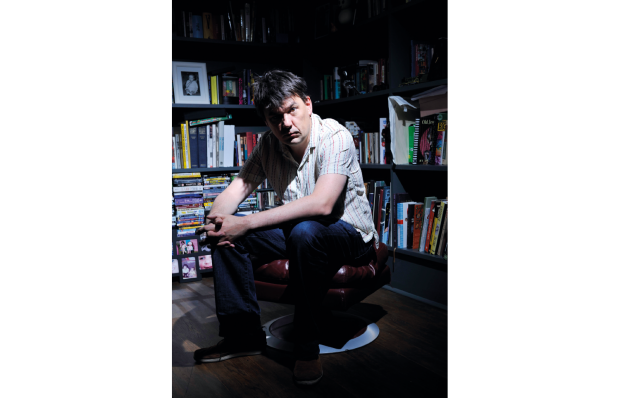In Shakespeare’s A Midsummer Night’s Dream, a group of slightly ramshackle workmen decide to put on a play. The play they choose — The Most Lamentable Comedy and Most Cruel Death of Pyramus and Thisbe — is famously and funnily terrible, as is their handling of it. Its central scene takes place at night, so they decide to dress up one actor with a lantern and a thorn bush: the idea is that light might shine through the thorns and convey the illusion of moonlight.
Already a subscriber? Log in
Subscribe for just $2 a week
Try a month of The Spectator Australia absolutely free and without commitment. Not only that but – if you choose to continue – you’ll pay just $2 a week for your first year.
- Unlimited access to spectator.com.au and app
- The weekly edition on the Spectator Australia app
- Spectator podcasts and newsletters
- Full access to spectator.co.uk
Or
Unlock this article
You might disagree with half of it, but you’ll enjoy reading all of it. Try your first month for free, then just $2 a week for the remainder of your first year.














Comments
Don't miss out
Join the conversation with other Spectator Australia readers. Subscribe to leave a comment.
SUBSCRIBEAlready a subscriber? Log in